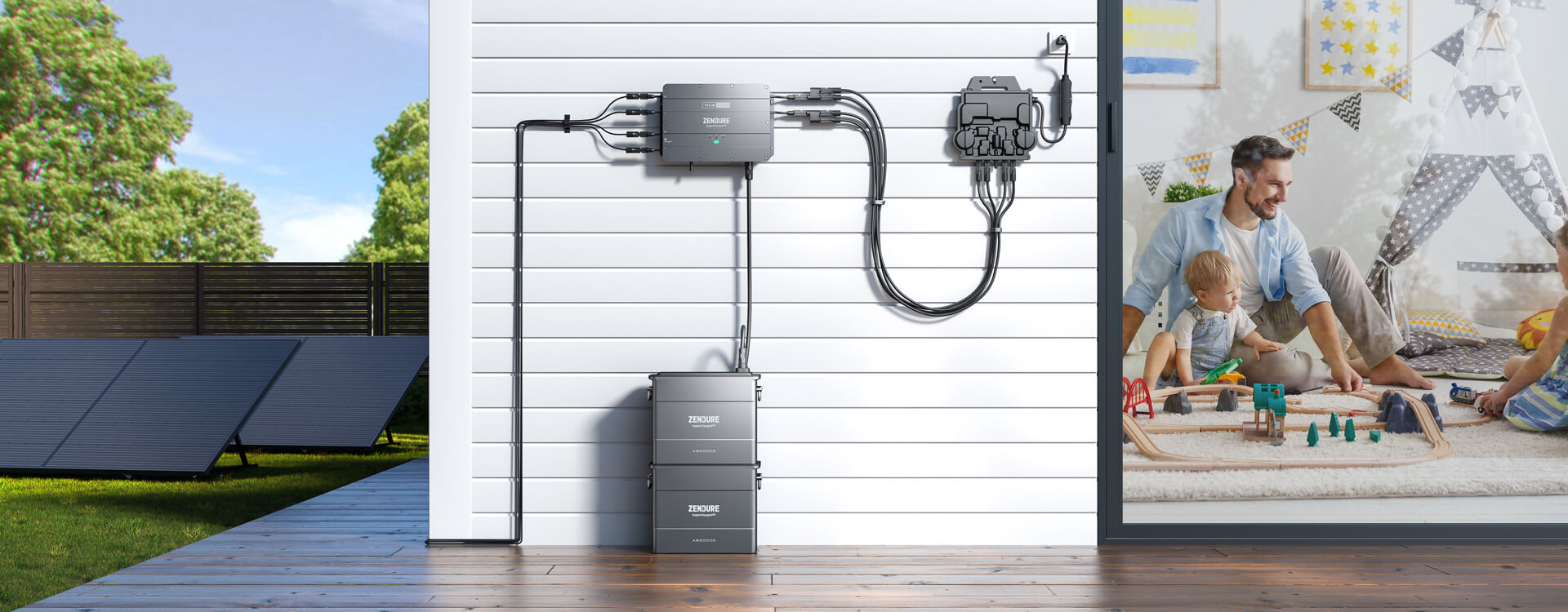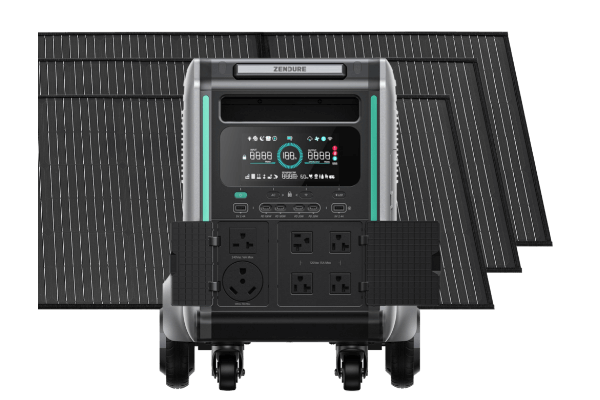Which is Better—Kickstarter or Indiegogo?

Crowdfunding has been a popular way of fundraising these days. And platforms like Kickstarter and Indiegogo are well-known for the convenience and creativity they provide for both creators and backers. But there is a question people who want to try crowdfunding will ask before they really jump in: Kickstarter or Indiegogo? Which platform should I choose?
However, as a question based kind of on abstract personal preference, it not proves to be an easy one to answer. Therefore, here comes some advice which might help to make your decision much easier.

Starting a Campaign: Kickstarter or Indiegogo?
As a campaigner the most thing you want to do is to reach your goal— to bring your creative idea whatever it is into life, to raise enough money for your products or maybe just want to marketing your products on the platform. Before you enter any of the crowdfunding platforms, it’s essential to know where exactly your idea want to reach and what categories it belongs to. There are two different styles between Kickstarter and Indiegogo with the former preferring creative and art works while the latter is a bit more to tech (This can be seen from their websites design).
As a creator, the things below are needed to consider and compare between Kickstarter and Indiegogo.
|
What to consider |
Kickstarter or Indiegogo |
|
Fees payable |
Equal |
|
Funding Model |
Indiegogo |
|
Project Timeline |
Indiegogo |
|
Monthly Visitors |
Kickstarter |
|
Categories Covered |
Indiegogo |
|
Project Processing |
Indiegogo |
|
Success Rate |
?? |
Details Explained
- Fees payable: both Kickstarter and Indiegogo charge campaigner the same way that is 5% of all funded and 3%-5% payment processing fees per transaction. They charge money for platform operation and staff salaries.
- Funding model: Indiegogo is much more flexible than Kickstarter as it supports both fixed all-or-nothing model and flexible get-what-you-have-raised model. Compare to Kickstarter’s single All-or-Nothing model, Indiegogo is considered as more flexible and suitable for creator. It means you have more choice, two is better than one, if you choose flexible mode you can get the funds raised even though you didn’t reach your goal. Kickstarter won’t collect any money if you fail your project but you get nothing neither. It means if you choose Kickstarter you have to take the risk.
- Project Timeline: each platform has a limited timeline for you to reach your goal. And both Kickstarter and Indiegogo provide a maximum of 60 days. People tend to set a longer timeline when at first but want to change it later. The longer is not the better, Indiegogo Help Center suggests that the time should be long enough to draw audiences’ interests but not too long which may fail audience’s patience. And the suggested number of days is 40 days or less. Why I pick Indiegogo when comes to timeline is because it gives creators a chance to change it when they find what they set is inappropriate, while on Kickstarter this is fixed once edited.
- Monthly Visitors: this is one of the most important reasons why people choose Kickstarter. Kickstarter is preferred by media and gets more press coverage. It was estimated to have 18 million visitors per month while Indiegogo was much lesser by having 9.2million. Perhaps the statistics have changed this year but the overall trend stays.
- Categories Covered: there are more than 20 categories that Indiegogo supports from music, film to tech and design. While Kickstarter supports 15 categories although it is enough covered for typical projects.
- Project Processing: As mentioned before, Indiegogo is much flexible than Kickstarter so does its process of starting a project. There are less regulations and restrictions for creators so it’s easier to start a project especially for a new comer. Click to know how to start a project on Kickstarter and Indiegogo
- Success Rate: Although there are statistics show that the success rate on Kickstarter was estimated to be 35% while Indiegogo estimated to be about 17%, but all really depends on your idea. The general suggestion is if you are confident on your products and recognize it as a very creative idea, choose Kickstarter.

Can I start a campaign both on Kickstarter and Indiegogo?
There will be less trouble of making decision if I can put my project on both platforms! So, can you do it? The answer can be yes.
Actually since Indiegogo launched InDemand Program since 2016, you are allowed to remarketing your products on Indiegogo after you get raised on Kickstarter. So if you crowdfund on Kickstarter first, you will have option to raise money on Indiegogo, but it charges extra fees.

From the charts, it seems Indiegogo wins over Kickstarter, however, that is not the ending of the story. As the two most popular crowdfunding platforms around the world, Kickstarter and Indiegogo have their own advantages being successful. Your idea and the promise to make your idea come true for backers are much more important than the question of which platform to choose.
For more specific statistics analysis, please read the related article from thecrowdfundingformular.com























Leave a comment